Sigma 85mm F1.4 DN ART Review
Dustin Abbott
August 6th, 2020
The arrival of the Sigma 85mm F1.4 in late 2016 left me very conflicted, which is reflected in my review of that lens. On one hand, there was no question that the lens was very strong optically (one of the best to date), though there were a few quirks that I felt necessary to point out. What mostly left me conflicted was not the optical performance, however; it was the massive size. The lens was a true beast, towering over other 85mm lenses and weighing in closer to a 70-200mm F2.8 zoom than a typical 85mm prime. The Sony FE version of that lens that arrived in 2018 pushed me into negative territory, as the lens in Sony FE form actually got larger and heavier still. I just felt that there were more compelling 85mm options on Sony full frame mirrorless, and now the most compelling alternative has arrived…from Sigma. Sigma clearly shared my sentiments, as they have followed up that lens with a purposely designed from-the-ground-up new lens for Sony and Leica full frame mirrorless. The Sigma 85mm F1.4 DN ART is the lens we’ve been waiting for. Sigma has dramatically shrunk the size of the 85DN (as we’ll call it for brevity), making a richly featured, optically excellent, but nicely compact lens that is about half the size and weight of its predecessor.
Sigma has long demonstrated that they can design optical instruments that perform up to the standards of the very best, but what they’ve not often demonstrated is the ability to house these amazing optics in reasonably sized lenses. I’ve long lamented the trend where every new Sigma lens crept ever larger even as their ability to produce amazing optics steadily improved as well. But Sigma seems to have a new philosophy in their most recent FE releases (including the excellent 100-400mm F5-6.3 DN OS telephoto) where they are clearly working on having both the size and performance in balance. Never has this been more obvious than with the new 85DN.
Our job here is to explore in detail whether or not Sigma has managed to retain the excellent optical performance of the previous generation ART lens (which will now be phased out on Sony) in their quest to slim down the new lens. The good news is despite a few quirks, Sigma has managed to produce a lens that I really love…one with both high optical performance and charming character.
To help you determine if the 85DN is for you, I’ve arranged to have the three other FE F1.4 alternatives all on hand to compare with, including the premium Sony 85mm F1.4 GM (my review here), the previous Sigma 85mm F1.4 (my review here), and the bargain Samyang AF 85mm F1.4 (my review here). If you prefer to watch your reviews, I’ve got both a standard length and definitive (long format) video review available. Just click the appropriate thumbnail below.
Thanks to Sigma Japan and Sigma Canada for providing me with a pre-production loaner of the lens for evaluation. Their willingness to trust me with an early copy of the lens means that you get a thorough review right out of the box. I’ve been assured that performance is representative of retail copy performance, though autofocus will receive a final retail firmware. I’ve reviewed the Sigma 85mm F1.4 DN on my Sony a7RIII and Sony a9 bodies.
Follow Me @ Patreon | My Newsletter | Instagram | Facebook | Twitter | Flickr | 500px
Sigma 85DN Build and Handling
Sigma has done an impressive job of both making this new lens much physically smaller while actually adding features and functionality to it! We’ll detail the new features, but first of all let’s examine just how much more compact this new lens is. According to my scale, the Sigma FE ART lens (2018) weighs in at a whopping 1213 grams (that’s 2.67 pounds). The 85DN weighs only 626g (1.38 pounds). That is VERY close to HALF the weight. On that same scale the Sony GM lens weighed in at 821g (1.81lb) and the Samyang was the lightest at 568g (1.25lb). I measure the new Sigma 85DN at roughly 102mm in length, which compares to 164mm by my measurement for the 2018 Sigma and 115mm by my measurement standard on the Sony GM lens (it’s official length is 108mm), though it is clearly more than 6mm longer than Sigma 85DN, as you can see in this photo:
Just as a frame of reference, the Samyang is listed at about 100mm, and it looks to be 2-3mm longer than the Sigma, so the official Sigma measurement may come in at 97-98mm. *At the time of this review the official specifications have not been released, so I’m using all of my own measurements here to ensure consistency in my reporting since I have all of these lenses on hand.
Sigma’s shrinking of this lens is truly impressive, and what impresses me even more is that the lens feels just as premium as its monstrous predecessor. It’s a great mix of nice materials, including some metal alloys and engineered plastics. The build quality seems pretty much on par with the GM lens. There’s a weather sealing gasket at the lens mount, and if the recent trends continue, there should be some internal seals and a good coating on the front element to complete the weather sealing suite.
As noted, there are a number of new features on the 85DN that very much bring it in line with the G Master lens (an $1800 USD lens) offers, though the Sigma will come to market at a much cheaper $1100 USD price point). These features include a multi-faceted approach to aperture, including an aperture ring with the option of using the “clicked” version (with one-third stop detents) or, with the flip of a switch, a fully declicked version that will allow for aperture racking for video. One new feature I’ve never seen is an aperture lock switch, which you can engage either in the manual aperture portion (this will keep you from inadvertently sliding into “A” [Auto] position, particularly important if doing aperture racks), or you can engage it when you are Auto aperture mode to make you that you don’t inadvertently bump the ring and change the aperture without noticing.
This really gives users the best of all worlds, as for those who don’t like an aperture ring, you can use the lock and just control the aperture from within the camera (or allow the camera to control aperture) without being concerned about an inadvertent bump of the ring. You can use the manual aperture ring with clicks (my personal preference), or declick it if preferred. This is the option that the GM lens gives you as well, though it doesn’t have the aperture lock. Score one for Sigma!
The aperture iris itself features a higher blade count than the 2018 version. It now has eleven rounded aperture blades, which, incidentally, equals the tally on the GM lens.
This enables the aperture to keep a more circular shape when stopped down. This series shows the wide open aperture, the aperture at F2.8, and the aperture at F5.6.
Note that even the F5.6 version shows a nicely rounded shape.
The 85DN also sports an AF/MF switch and a focus hold button which you can program to various functions in the camera. These also match what is included on the GM lens.
The focus ring itself is nicely ribbed, well positioned, and works nicely. It has good damping and will trigger an automatic focus assist (magnification of the focus area in the viewfinder or on the LCD) when you start to turn it in either MF or DMF modes.
The lens hood also gets the premium treatment. It is a little deeper than the GM hood, sports a locking mechanism, and also has some unique textures to make it more tactile. These include a soft-touch material at the connection point and a ribbed section to help increase grip for removing it. Very nice!
The front filter size is a much more standard 77mm than the larger 86mm filter thread on the 2018 lens.
One other advantage for the new lens is that while it shares the same 85cm minimum focus distance as the previous lens, the focal length isn’t a bit short like the 2016/2018 ART lens (one of those quirks I’ve mentioned). I always found it ironic that the largest lens in the class wasn’t a full 85mm. The byproduct is that that the new lens has a higher degree of magnification (I’d estimate more like 0.13x or slightly over) and also has a bit better image quality when viewed at a pixel level.
Sigma has given this lens the ART designation, though the emphasis in the present tense is on the “DN”, which designates it as a mirrorless design. I have not a single criticism on the build, handling, and design front. I can’t state strongly enough how happy I am to see Sigma embrace a smaller, lighter philosophy.
Sigma 85mm F1.4 DN Autofocus Performance
I used to approach the autofocus section when reviewing Sigma lenses with some trepidation, as there was a season where that was a major weakness for them. That hasn’t been the case for any of my FE reviews, however, as Sigma’s autofocus motors on mirrorless have largely been very good. Check out the quality of focus on this F1.4 shot:
This also hints at the excellent image quality of the lens, as there are no aberrations marring these highly reflective textures and resolution and contrast are obviously very high.
Sigma has utilized a stepping motor on this lens for smooth, fast, and quiet operation. This appears to be fastest-focusing 85mm F1.4 lens on Sony and definitely has an edge on the GM lens in overall performance. It’s quieter and smoother (and the GM has a somewhat “gritty” sound and feel at times). The focus motor of the 85DN is extremely quiet and is only audible with your ear pressed against the barrel. It is quiet enough that the on-board mic does not pick up any focus sounds during video focus or when doing focus pulls. Good news there.
The focus motor is also nicely smooth when doing focus pulls.
Focus speed in AF-C mode is nice and fast, with typical focus changes being near instant and with no drama. Right out of the box I was seeing focus nailed on all my shots. Pet Eye AF grabbed on perfectly in this shot.
Eye AF worked well in general, and I had essentially perfect focus accuracy with a human subject in the frame whether they were wearing sunglasses or not.
I had my nephew (not a photographer) grab a shot of my family. The results were perfectly focused, largely thanks to the flawless eye detect that eliminates most all focus misses with human subjects.
I saw a few minor quirks due to not having final release firmware (a few freezes and an occasional hesitation to focus on a foreground subject). The former I solved by power cycling the camera and the latter by focusing first on the ground and then aiming at my subject. When focus was in the right “zone” it grabbed correct focus instantly…as you can see here:
I’ve been assured that the quirks I saw are corrected in the final release firmware, and I see no reason to question that based on past experience. Sigma has also shown in times past that they will work to continue to refine autofocus performance via firmware upgrade (which in the case of Sony will come by running updates through the camera body like you would with a Sony lens), so there’s a possibility that we might see even better performance down the road. What was once a weakness for Sigma has become a strength.
Sigma 85DN Image Quality
The Sigma 85DN has an extremely complex 15 element in 11 group optical formula; this is more complex than either the previous generation Sigma or the GM lens. This was probably necessitated by trying to shrink the size and still deliver a high end image quality result.
There are essentially two optical flaws here, both of which are also byproducts of the reduced size. These take the form of a higher than typical amount of pincushion distortion and a fairly strong amount of vignette. You will only see these if you disable the in-camera corrections, as they will be completely corrected in JPEGs and even to some minor degree in the RAW files. Here’s what the JPEGs look like if I disable corrections (left) or enable them (right).
There is some correction of vignette in the RAW files though the distortion remains uncorrected. I didn’t have access to a RAW correction profile in Lightroom due to reviewing prior to the lens’ public release, so I corrected everything manually. I found that it took a -11 on the distortion slider and a full +100 and midpoint to 0 (max correction) on the vignette sliders. Fortunately the distortion corrected fairly linearly and I was able to get a clean result. Here’s what it looked like before and after correction:
The nature of modern corrections in JPEGs, Video, and then software corrections of RAW files mean that this shouldn’t be a dealbreaker, and, frankly, I didn’t need to do any correcting to most of my RAWs anyway. This is an F1.4 image that I shot as a RAW and did nothing to other than raise the shadows a bit on the dog’s face.
The worst case scenario I saw was this image at a wedding.
You can see some of the curvature on the head table due to the distortion. There’s some apparent vignette in the corners as well. This was a RAW file that is shown just as it came out of camera and is at F1.4.
In this shot, however, the distortion is hardly noticeable because the straight line (horizon) is nearer the center of the frame.
As I said, I don’t find this to be a deal-breaker for me, personally, but I did want to carefully document it in case it might be a deal-breaker for you.
There’s literally nothing else to complain about. If I compare it to the current gold standard (the Sony GM lens), I find that it competes extremely well across the frame.
There’s some give and take at various points, but certainly the GM does not surpass its performance. One thing that did stand out to me was that the Sigma image was consistently brighter with equal settings compared to the GM lens. This is something I’ve noticed about the GM lens in the past (I did a massive 6-way comparison in 2019), and my conclusion is that aperture is perhaps marginally smaller than some other F1.4 lenses.
I also found that the lens compared well to the 2018 Sigma ART lens, which has been considered one of the strongest 85mm lenses available. Once again there is some give and take depending on where you look in the frame. The new lens is really strong midframe, while the edge win goes to the older lens.
Bottom line, however, is that this lens is competing with the very best…despite being much smaller, lighter, and when compared to the GM lens, much cheaper.
It also doesn’t lose it’s pop when shooting at infinity. Even at F1.4, I was very impressed with the resolution on this landscape images (crops from enter and lower right edge).
Stopping down to F2 only increases performance, with contrast and resolution bumping up to even higher levels.
This real world shot at F2 shows amazing detail on the faces of this wedding party.
Stopping down to smaller apertures allows the lens to achieve extraordinarily high resolution results, and you can see the crispness in the crops from these landscape examples.
It’s worth noting that I personally think you can get sharper real world results with this lens than the 2018 ART lens due to the superior control of aberrations found on the new lens. In real world, high contrast situations, I’ve always found the original ART lens to share more fringing than its chart tests suggested. The 85DN is no “paper tiger”, and it’s better control of real-world aberrations results in sharper, crisper real-world results in more situations. Take, for example, this crop of numbers on a credit card. Note how the numbers look silver and sharp on the left image, but have some green fringing on the right side (ART 018).
In another real world result (morning dew on grass), you can see that the bokeh circles look neutral on the 85DN while you can see purple fringing on the 018 lens. It’s these kinds of real world advantages that make me favor the newer lens.
Another area of strength is the bokeh from the new lens, which is softer and more pleasing than the older ART lens and competes very favorably with the GM lens.
I think both the background bokeh…
…and the foreground bokeh look very pleasing.
Here’s a variety of other “bokeh” shots from the lens to give you a flavor for what it can do.
I also noted fairly strong behavior (for this type of lens) against bright lights. It has a better than average flare resistance.
In many ways it feels like Sigma has managed to blend the strengths of their last two generations of 85mm F1.4 prime lenses. The EX lens had a very pleasing rendering, while the ART lens had higher sharpness and greater technical achievement, though at the loss of some character. I called the older lens “analog” and the ART lens “digital”, more clinical in its perfection but losing some goodness in the process. The new 85DN manages to retain the technical excellent of the ART lens while recovering some of rendering magic that the older lens had…and I’m really enjoying what Sigma has done with this lens. It joins the 28mm F1.4 ART, the 35mm F1.2 ART DN, and the 105mm F1.4 ART as some of my favorite Sigma lenses optically. Check out the image gallery to see more photos than what I can share in this review.
Conclusion
Put simply, I think the new Sigma 85mm F1.4 DN ART is a winner. It does have a few flaws (the distortion and vignette are very high), but it has so many virtues that it isn’t hard for me to forgive its flaws. I’m loving the images it produces, which combine great color, high sharpness and contrast, and beautiful bokeh all in one package.
I’m enjoying the improved autofocus and the effortless way I can shoot even casual portraits and get beautiful, perfectly focused results.
But I’m also able to be more forgiving because the compact size and bearable weight mean that I’m not having to accept a major compromise to regularly use the lens. It will fit in my camera bag easily, and is a lens I might even pack on a trip, whereas the ART 018 or 016 would never make the cut. I think that Sigma is turning an important corner with this lens, proving that they have matured as a lens maker to the place where they can give photographers both high optical performance and do it in a reasonably sized package. And it’s that kind of maturity that I strongly applaud.
And they’ve done while offering as many features as the GM lens but at a price point that is 49% less. Bravo!
Pros:
- Nice build quality including some weather sealing and premium materials
- Huge reduction of size and weight, making this one of the lightest lenses in the class
- As many features as the GM lens
- Autofocus system is quiet, fast, and accurate
- Excellent sharpness both in the lab and the real world
- Nicer bokeh than competing lenses
- Excellent chromatic aberration control
- Good flare resistance
- Beautiful color rendition
- 49% cheaper than the GM lens
Cons:
- Fairly strong pincushion distortion
- Heavy vignette
Purchase the Sigma 85mm F1.4 DN ART @ B&H Photo | Amazon | Amazon Canada | Amazon UK | Amazon Germany | Ebay
Sony a9 Camera: B&H Photo | Amazon | Amazon Canada | Amazon UK | Amazon Germany | Ebay
Sony a7RIV Camera: B&H Photo | Amazon | Amazon Canada | Amazon UK | Amazon Germany | Ebay
Sony a7R III Camera: B&H Photo | Amazon | Amazon.ca | Amazon UK | Ebay
Peak Design Slide Lite: Peak Design Store | B&H Photo | Amazon | Amazon Canada | Amazon UK
Peak Design Leash Strap: Peak Design Store | B&H Photo | Amazon | Amazon Canada | Amazon UK
BenQ SW271 4K Photo Editing Monitor – B&H Photo | Amazon | Amazon.ca | Amazon UK
Adobe Photoshop Creative Cloud 1-Year Subscription
Exposure Software X5 (Use Code “dustinabbott” to get 10% anything and everything)
Purchase your gear at:
B&H Photo | Amazon | Ebay | Make a donation via Paypal
Visit Dustin’s Amazon Storefront and see his favorite gear
Purchasing your gear through B&H and these links helps fund this website and keeps the articles coming. You can also make a donation here if you would like. Visit my Amazon page for some of my gear of choice! Thank you for your support.
Great News! I can now offer a 5% discount on all purchases at Amplis Foto, Canada’s Leading Photographic Supplier. Please enter discount code: AMPLIS52018DA in your cart. It is good for everything in your cart, and is stackable with other coupons, too! It will take 5% off your entire order! Proceeds go towards keeping this site going and providing you with new reviews!
Check me out on: My Patreon | Sign Up for My Newsletter | Instagram | Facebook | Twitter | Flickr | 500px | Google+ |
Use Code “DUSTINHDR” to get $10 off ($15 CDN) any Skylum product: Luminar, Aurora, or AirMagic
Keywords: Sony, Sigma, Sigma 85mm DN, Sigma 85 1.4, DN, Sigma 85mm F1.4 Review, Sigma 85mm F1.4 DN Review, ART, 85mm, F1.4, 1.4, f/1.4, DN, DC, ART, Portrait, Wedding, Review, Dustin Abbott, Autofocus, Sample Images, Video, Video Test, review, Video review, Real World, Tracking, Eye AF, Sony a7RIII, Sony a7RIV, Portrait, Sharpness, Resolution, Bokeh, 85mm F1.4 GM, Samyang AF 85mm F1.4
DISCLAIMER: This article and description contains affiliate links, which means that if you click on one of the product links, I’ll receive a small commission. As an Amazon Associate I earn from qualifying purchases.










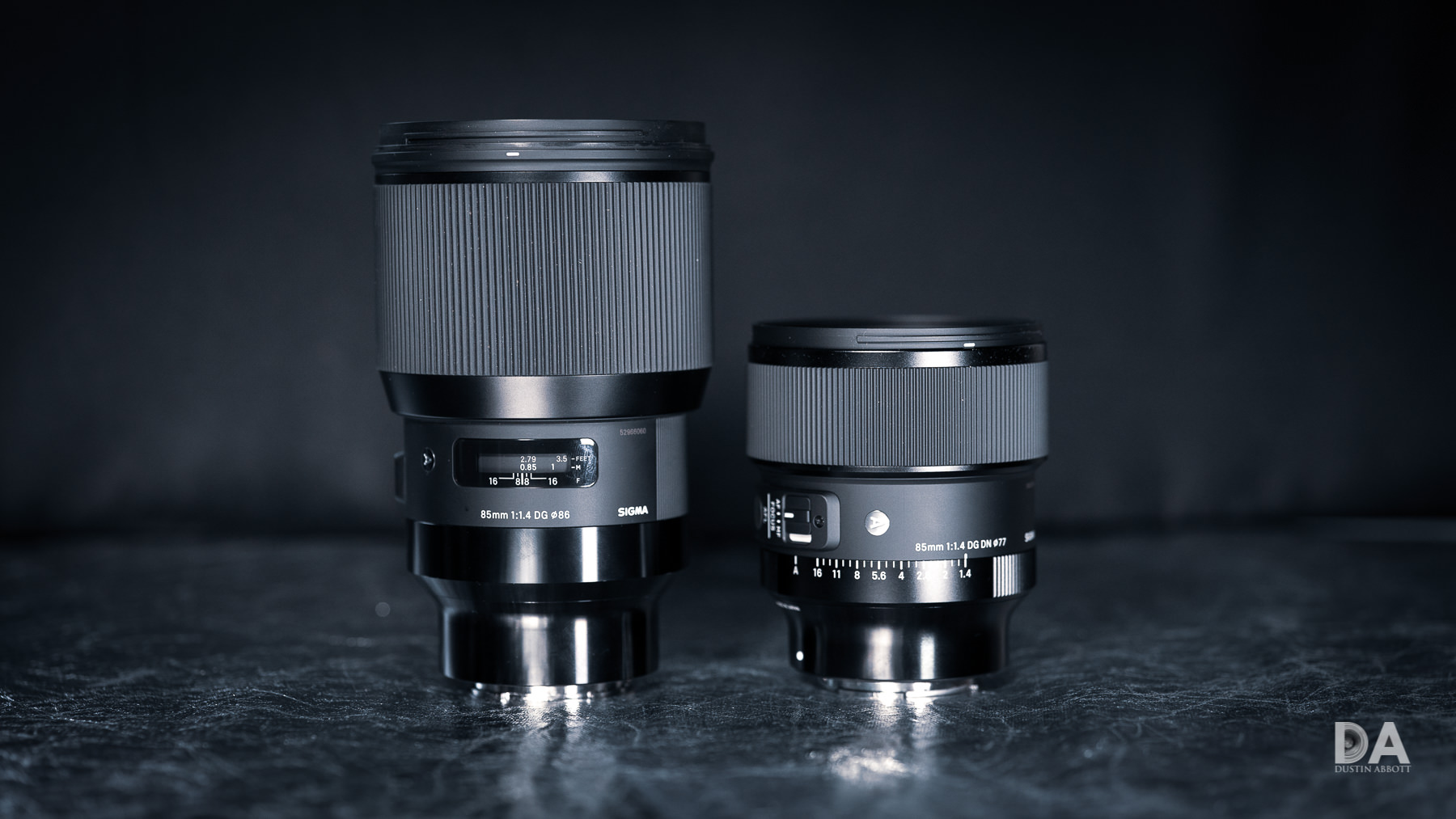

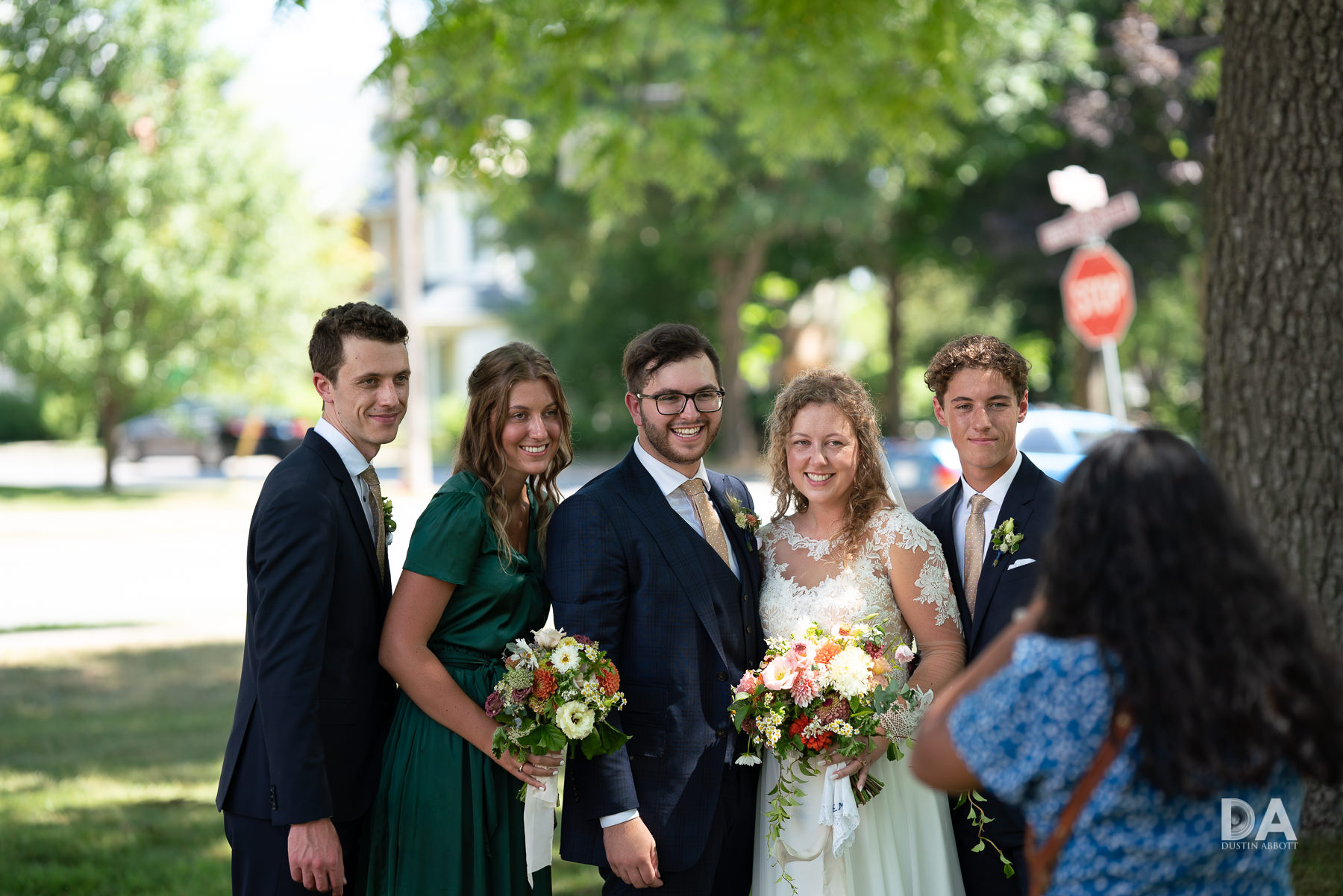

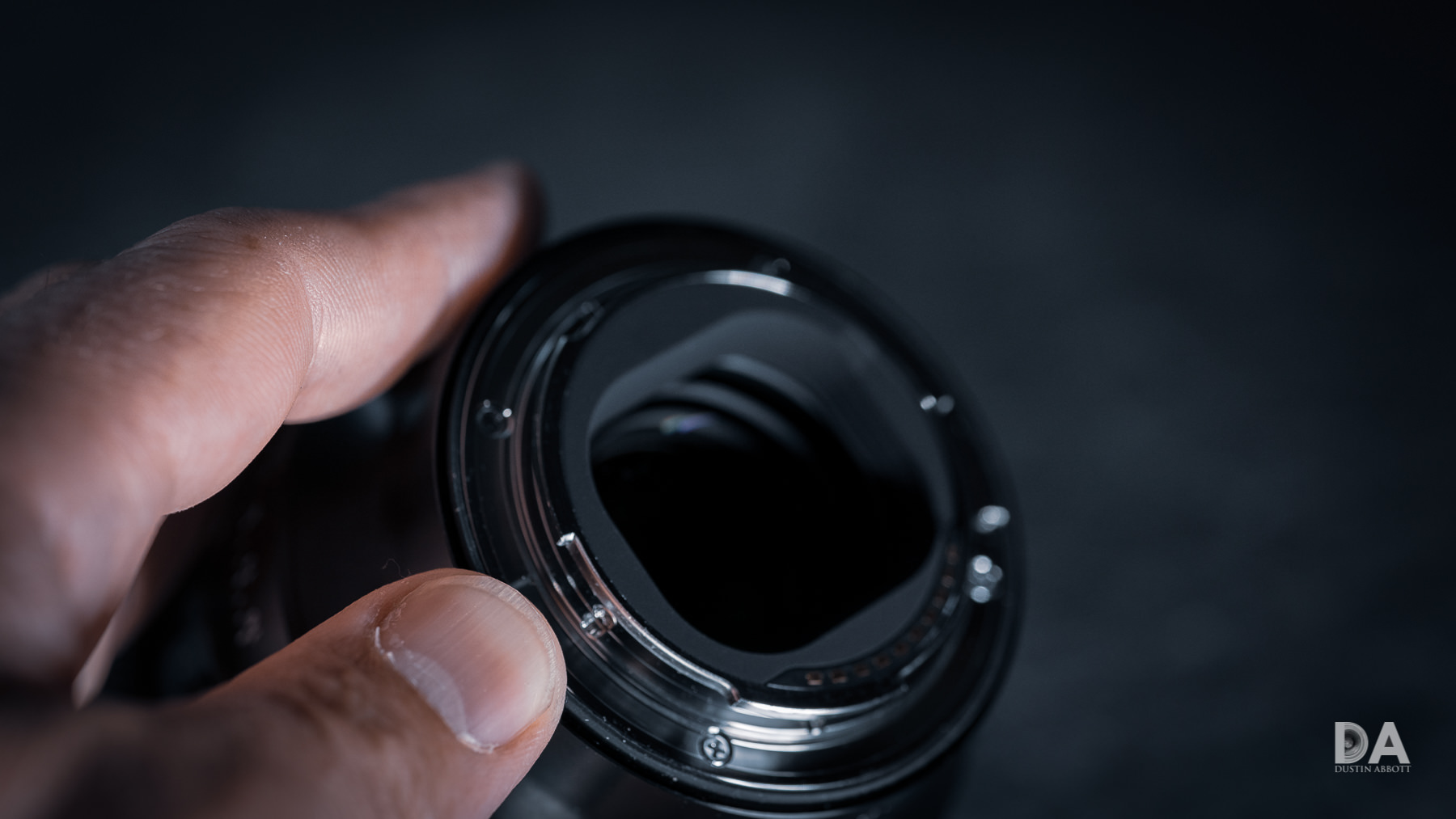
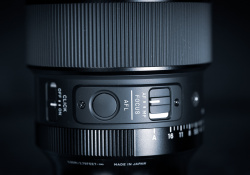

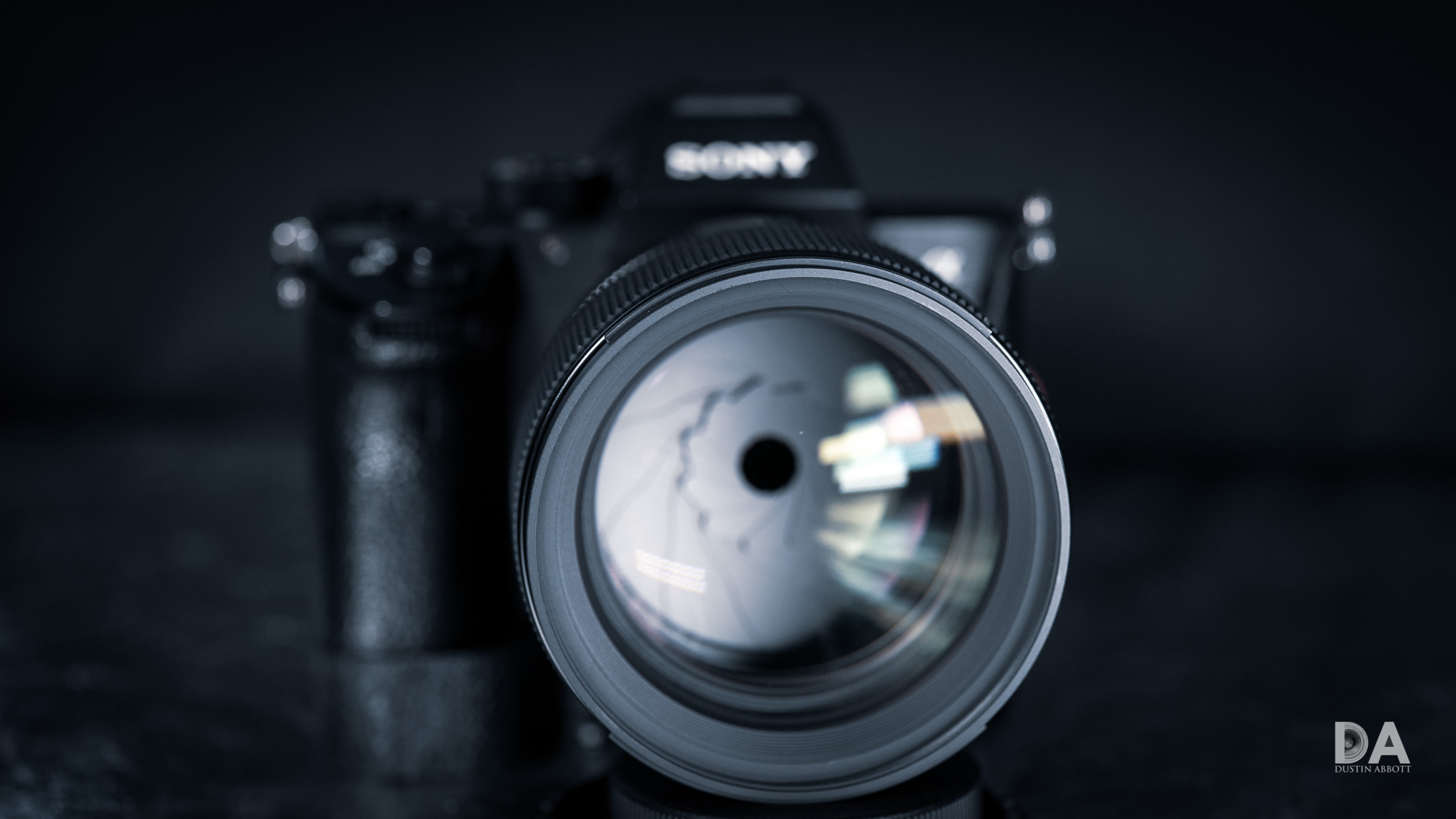
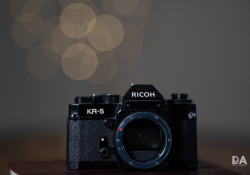
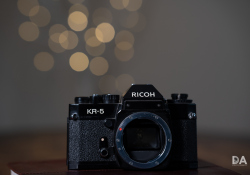
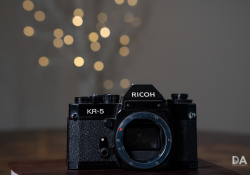
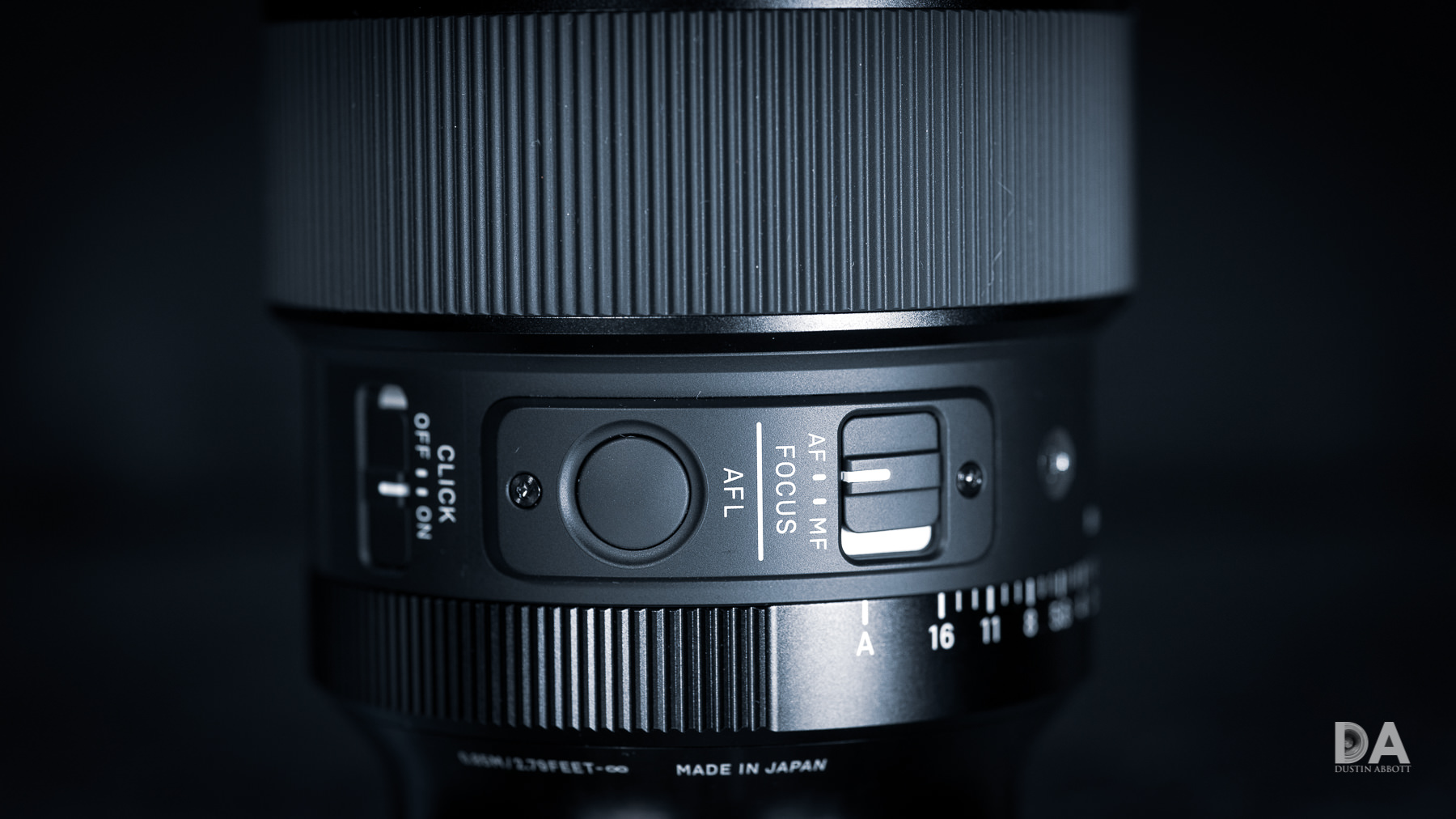
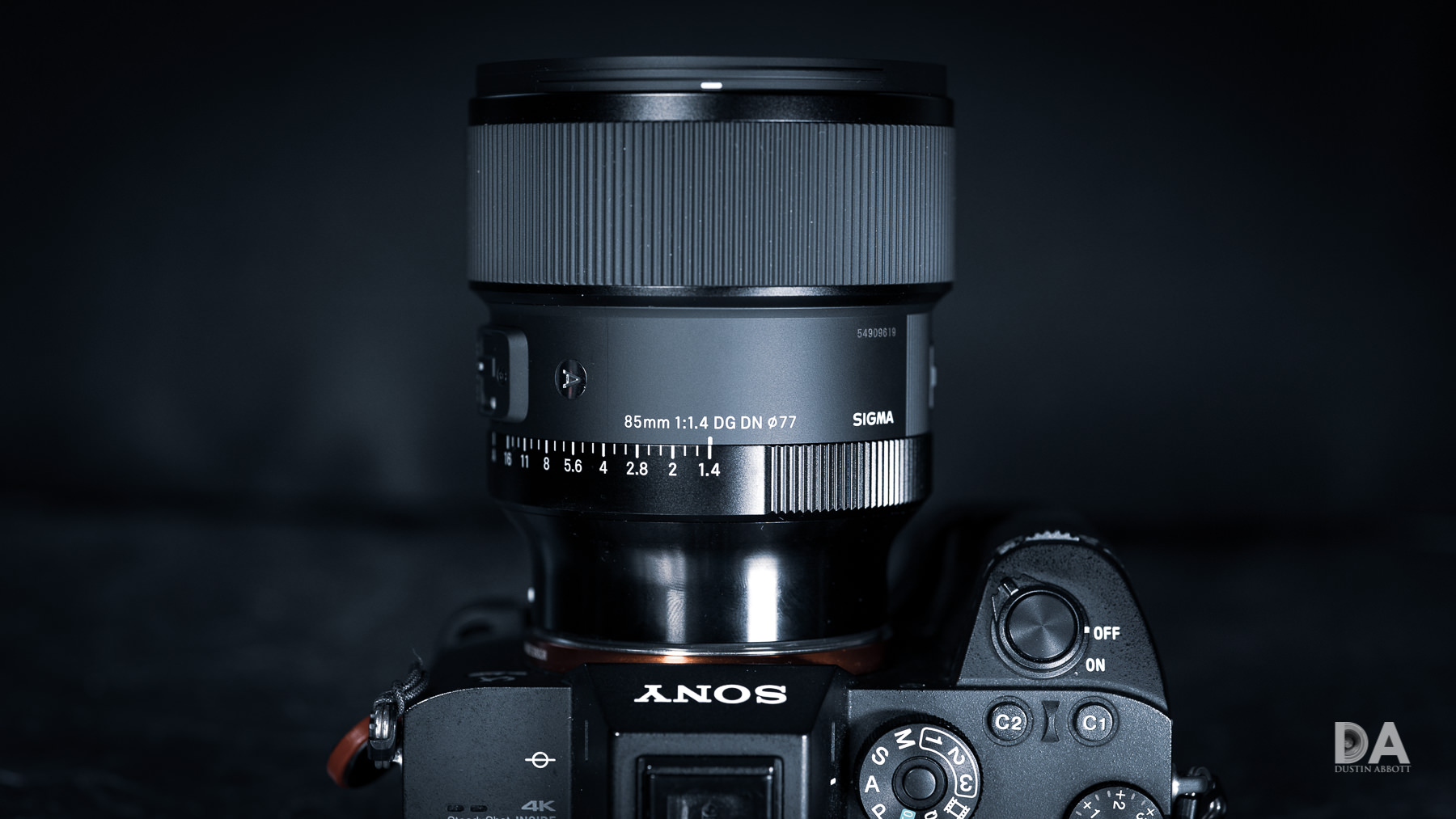
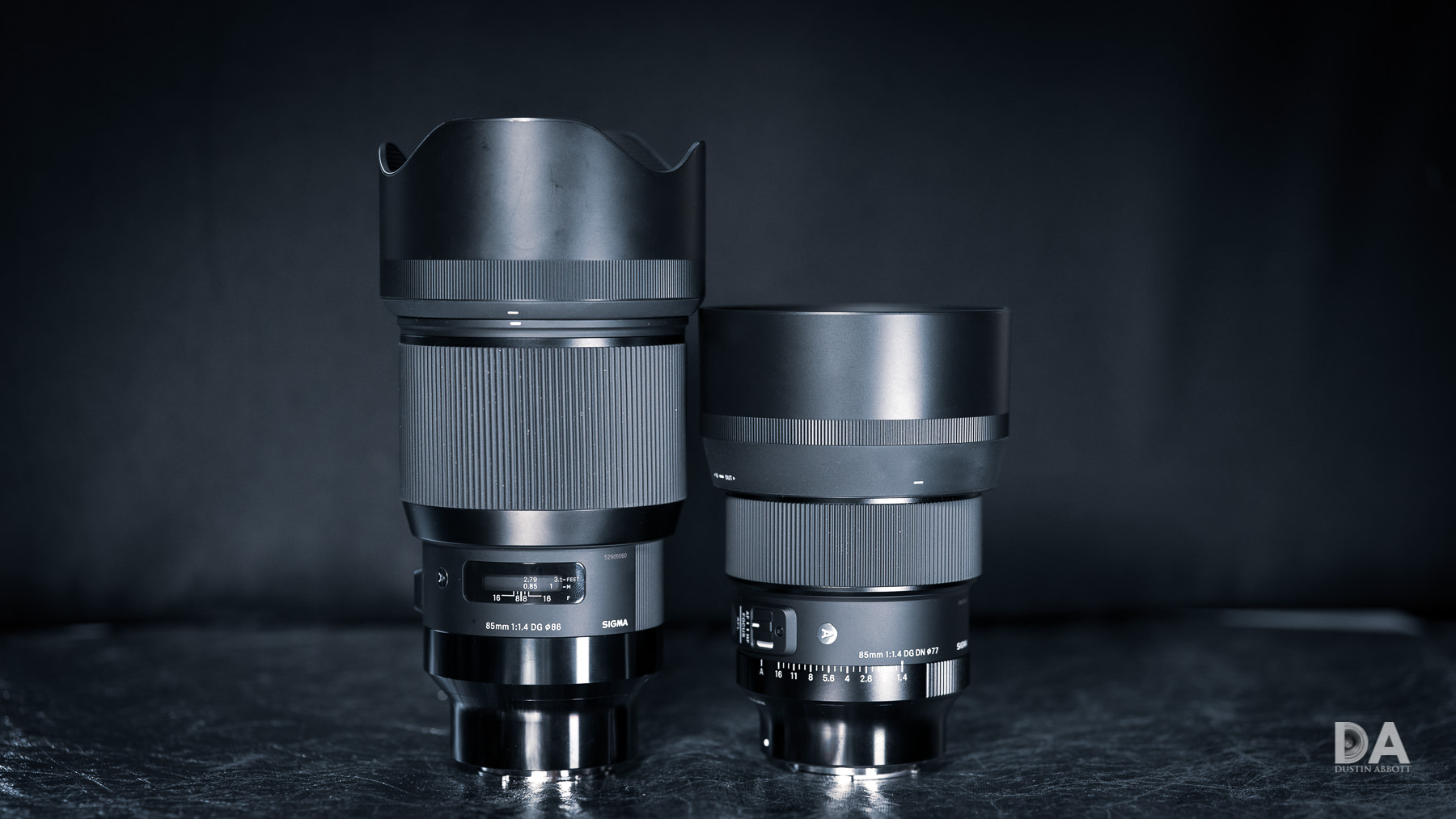

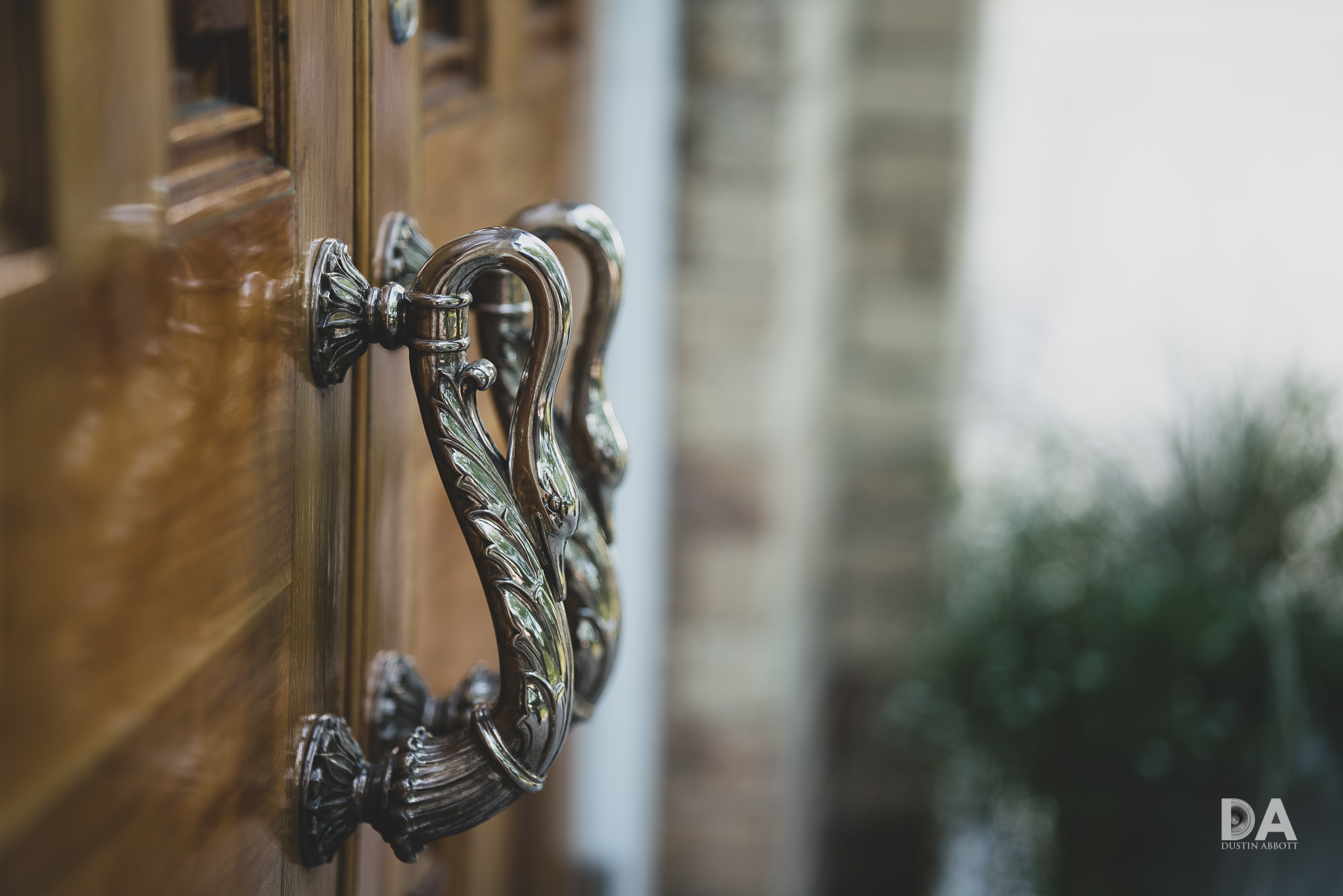













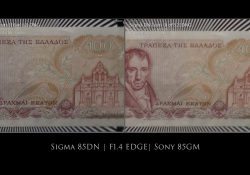
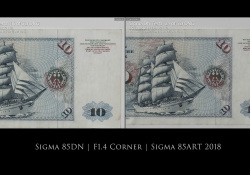
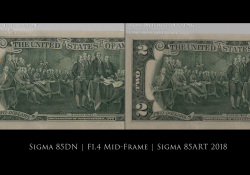
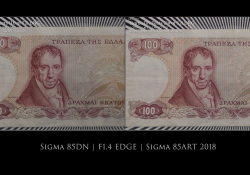




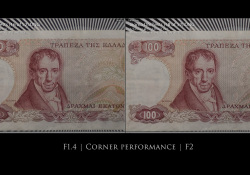
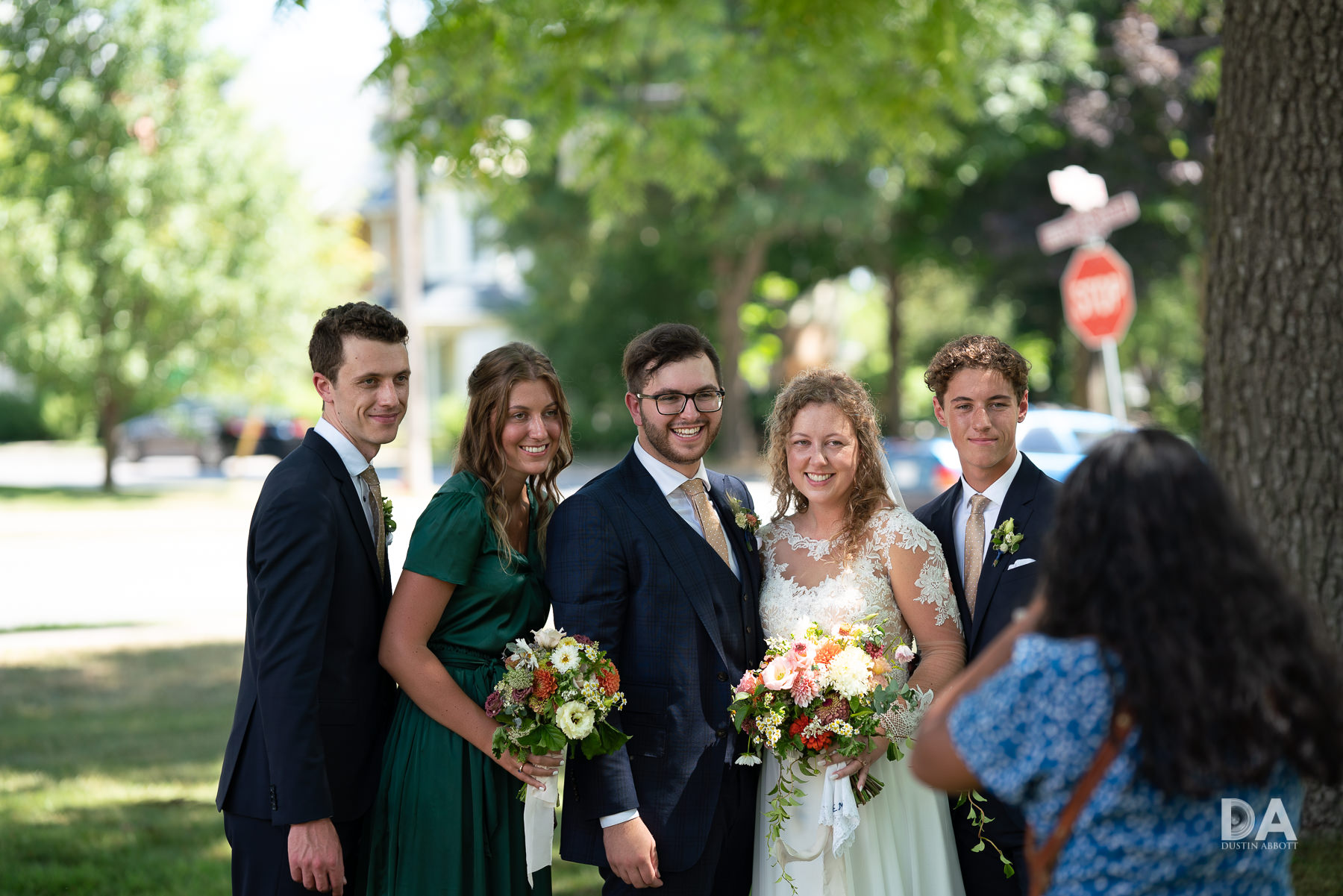
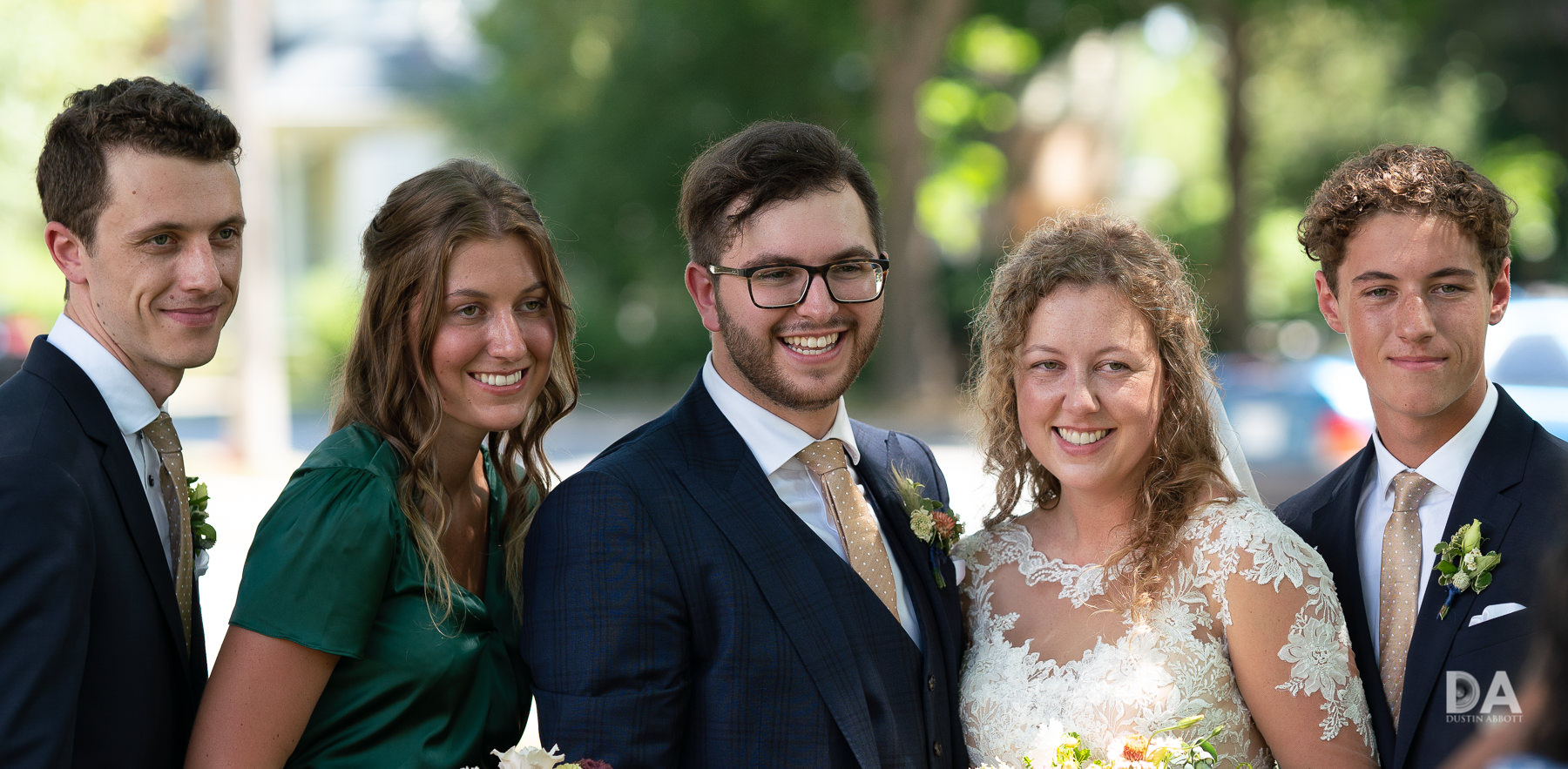


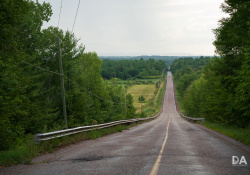




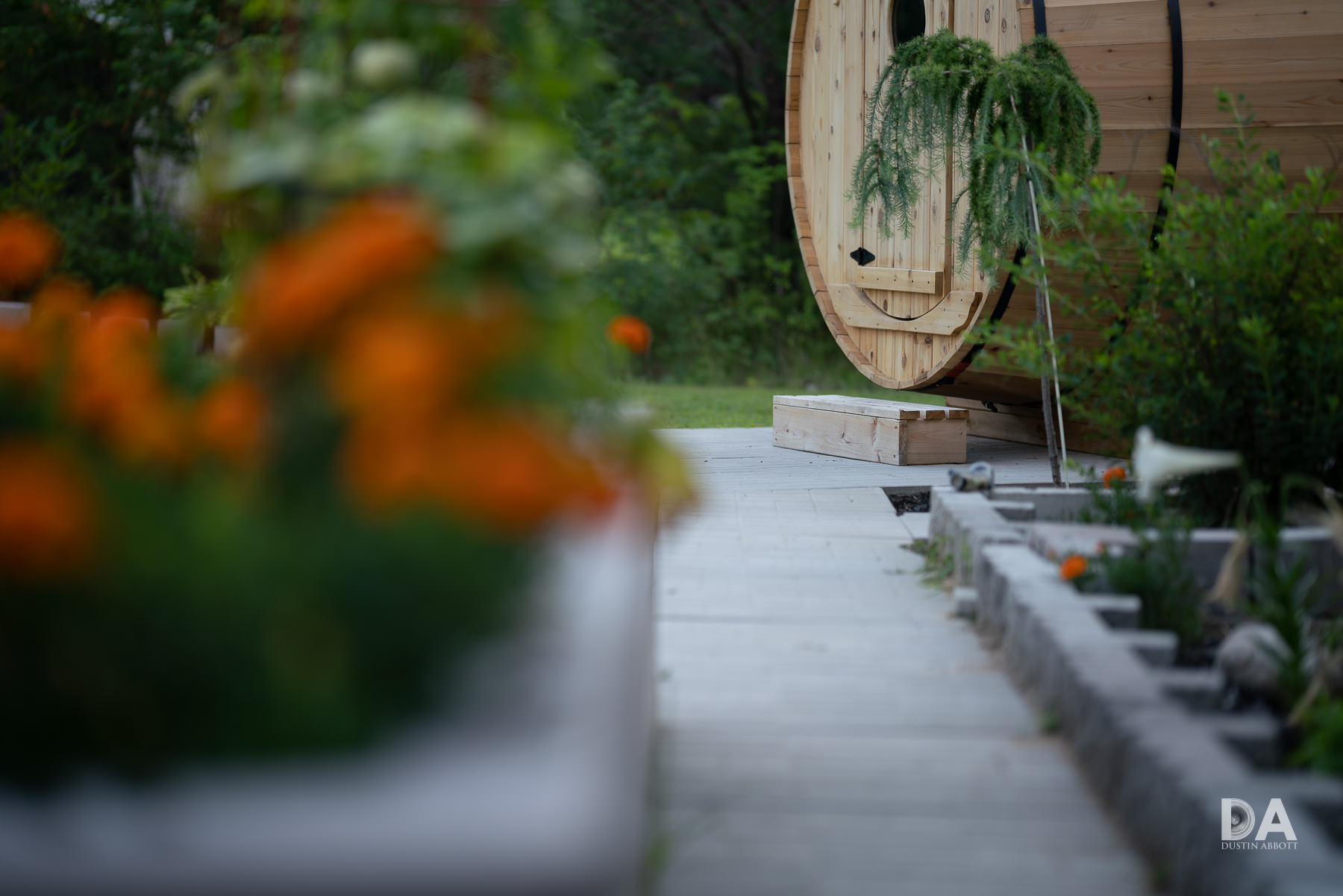







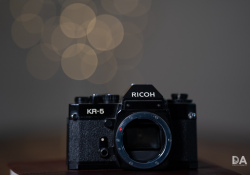


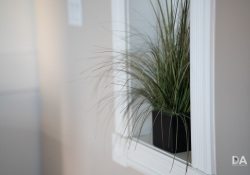









 Sirui Sniper 75mm F1.2 Review
Sirui Sniper 75mm F1.2 Review  Sirui Sniper 75mm F1.2 Gallery
Sirui Sniper 75mm F1.2 Gallery  Tamron 70-300mm F4.5-6.3 RXD Z-mount Review
Tamron 70-300mm F4.5-6.3 RXD Z-mount Review  Nikkor Z 40mm F2 Review
Nikkor Z 40mm F2 Review 





